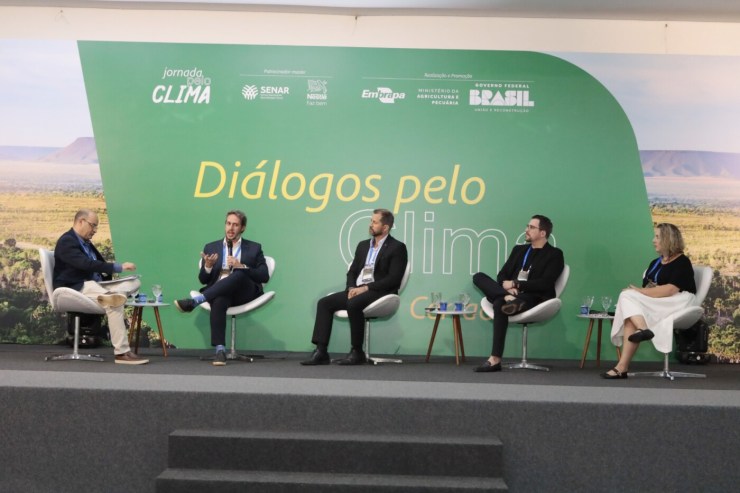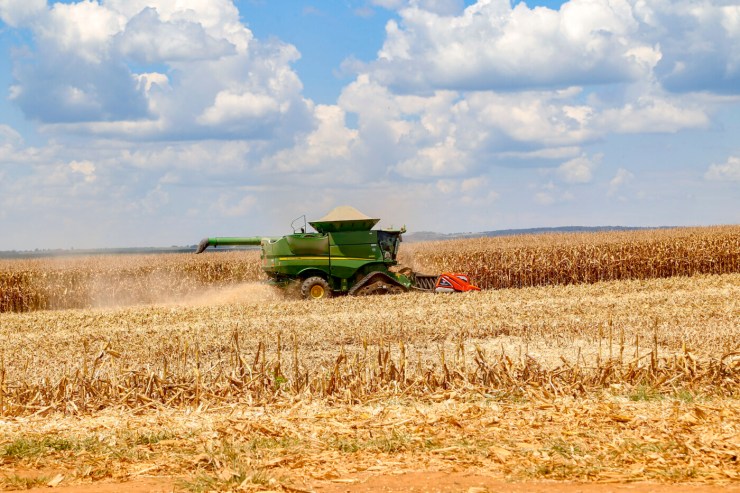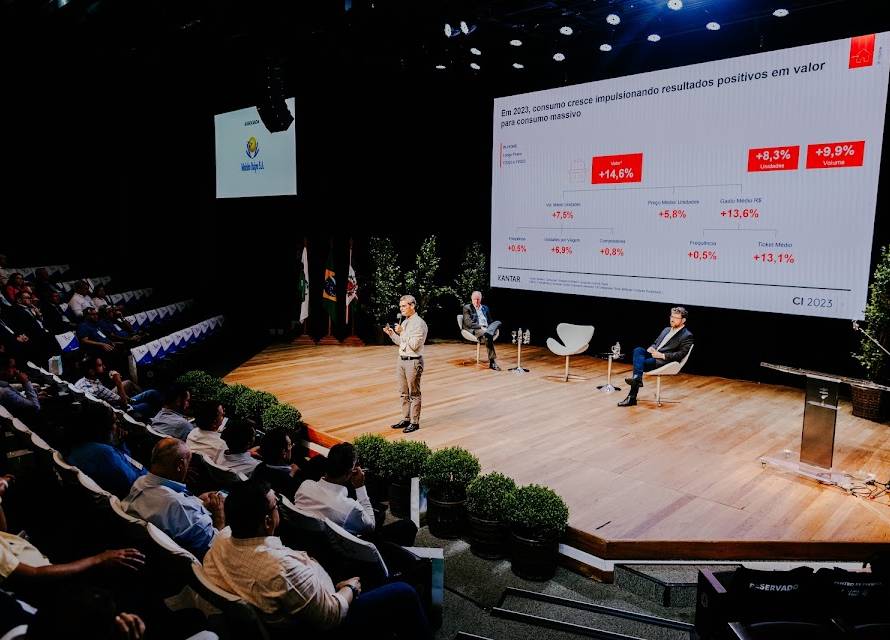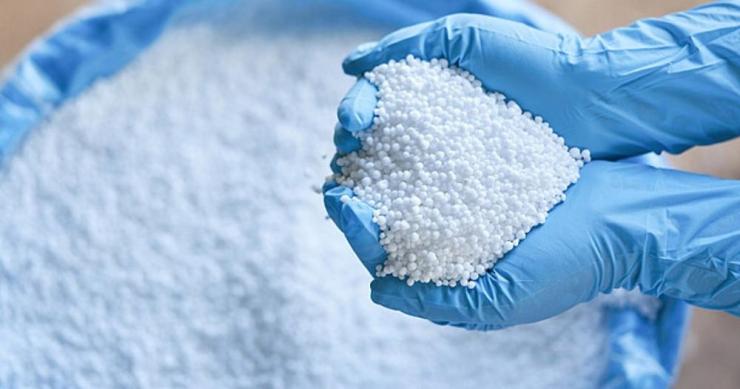The beginning of March marks the beginning of the period recommended for planting second-crop wheat (safrinha) or dryland wheat in the Cerrado of Central Brazil. The safrinha wheat is grown after the soybean harvest and without irrigation, taking advantage of the end of the rainy season. The crop has attracted the attention of producers, both for the benefits it provides to the production system and for the profitability it can provide, depending on market prices. It is estimated that in the current harvest, approximately 200 to 250 thousand hectares of the cereal will be sown in the region, with an increase of 5% to 10% in the planted area compared to the previous harvest. In Goiás, the increase is estimated to be even greater, reaching 15%.
 According to researchers at Embrapa, the cultivation of second-crop wheat has advanced mainly among producers who wish to diversify crops, mitigate problems and reduce risks, or even to take advantage of areas that would otherwise be left fallow or cultivated with cover crops.
According to researchers at Embrapa, the cultivation of second-crop wheat has advanced mainly among producers who wish to diversify crops, mitigate problems and reduce risks, or even to take advantage of areas that would otherwise be left fallow or cultivated with cover crops.
With the development of cultivars that are better adapted to the region, such as Embrapa's BRS 404, wheat has been adopted in the no-till cultivation system, mainly in succession to soybeans and in rotation with corn and sorghum, promoting the diversification of the production system and reducing risks. The use of the cereal in crop rotation has provided numerous agronomic benefits to the system, such as breaking the cycle of pests and diseases, especially soil fungi, weeds and nematodes.
Another benefit is the possibility of rotating active ingredients in agricultural pesticides, such as herbicides that can act to control weeds resistant to glyphosate used in RR soybean crops, as well as to control plants of this crop that germinate after harvest, contributing both to the sanitary gap and to eliminating tigueras plants from corn crops in the area. “In addition to providing weed control, wheat cultivation provides excellent straw, favoring direct planting in the areas,” points out researcher Jorge Chagas, from Embrapa Trigo (Passo Fundo, RS).
Adopting wheat after soybeans allows producers to use soybean cultivars with later cycles and higher yields than early and super-early varieties, which are more focused on growing second-season corn. Another positive point is that wheat produced in the Cerrado region is the first to be harvested in the Brazilian harvest, and can be sold at more attractive prices.

“The second-crop wheat harvest is carried out during the dry season, between June and July, which has guaranteed a product with excellent grain quality and free from mycotoxins that usually affect crops in the South of the country in years with heavy rainfall during harvest, such as gibberella,” observes Júlio Albrecht, a researcher at Embrapa Cerrados (DF). Crop yields have varied from 35 to 65 sc/hectares in years with normal rainfall, and revenue from sales has encouraged producers to expand the cultivated area in the region.
Researchers point out management recommendations
The researchers emphasize that dryland wheat is recommended for cultivation in regions with altitudes equal to or above 800 meters. Producers should check whether off-season wheat is recommended for their region and use suitable cultivars. The ordinances with information on agricultural zoning of climate risk for wheat are available at page from the Ministry of Agriculture and Livestock and in the application Zarc Right Planting, from Embrapa, available for Android and iOS.
According to Albrecht and Chagas, it is essential that the producer analyzes the soil, which should be corrected for acidity with the use of limestone, while deep-seated aluminum should be neutralized with the use of agricultural gypsum. The soil should also be free of compacted layers, which allows the roots of the plants to penetrate deeper and make better use of water and nutrients – this minimizes the effects of dry periods, such as dry spells.

Photos: Shutterstock
Another recommendation to alleviate problems caused by the lack of rain is direct planting, with direct sowing of seeds into the straw of the summer crop. The straw protects the soil from high temperatures, reducing water loss through evapotranspiration, in addition to allowing greater infiltration of rainwater, among other benefits.
To obtain productivity gains, sowing should be carried out from the beginning of March until the end of the month, according to the rainfall in the region: where the rains stop earlier, the second-crop wheat should be planted at the beginning of the month. Staggering sowing, that is, sowing areas at different times within the recommended period, or sowing cultivars with different cycles may be interesting strategies, say the researchers.
“This way, the crop will have plots with plants at different stages of development. This reduces the risk of the lack of rain affecting the entire plantation at a single critical moment, such as the flowering of the plants,” says Jorge Chagas, noting that it is essential to follow the management recommendations for each cultivar for the region, such as the ideal seeding density.
The researcher adds that, at the beginning of the planting window, it is important to use cultivars that are more tolerant to diseases, especially leaf spots and brusone, a fungal disease that can cause losses in years with excessive rainfall in the months of April and May in the Cerrado region of Central Brazil. For later sowings, carried out after March 15, the producer should use cultivars that are more tolerant to drought. Low rainfall and above-normal temperatures can also cause losses, especially due to the occurrence of dry spells that are common during this period.
Embrapa developed a cultivar adapted to the region

Photo: Jaelson Lucas
The BRS 404 wheat cultivar was developed for low rainfall conditions, taking advantage of soil moisture and the remaining rainfall from March, April and May in Central Brazil. The cultivar's main characteristics include greater tolerance to water deficit, heat and aluminum in the soil, in addition to high dry matter production (straw) and excellent technological grain quality. It has an early cycle, ranging from 105 to 118 days, and the period between sowing and earing is 57 to 67 days, depending on the location and altitude of the crop. It is moderately susceptible to blast and yellow spot.
“In some regions with higher rainfall volumes, such as the South of Minas Gerais, producers have achieved productivity of up to 80 sc/hectares with the BRS 404 cultivar. Here in the Central Plateau, productivity can reach 60 sc/hectares, as long as the rainfall is well distributed during the second crop period,” says Júlio Albrecht.
Classified by the industry as bread wheat, this cultivar, even in years with less rainfall, has delivered hectoliter weights (PH) of grains above 80 kg/hl, being very well accepted by the mills in the region. The gluten strength (W), a measurement that represents the work (energy) of deformation of the dough and indicates the baking strength of the flour, varies from 250 to 400 x 10-4 J, being well above the minimum requirement of the mills (220 x 10-4 J). In addition, the high stability (dough beating time above 15 minutes) favors baking.





